News & Media
Keep up to date with the world of Digital Signage.
4 cool applications for flexible LED screens
With our wealth of expertise and even our own on-site manufacturing facilities here at Scanlite, we’re proud to be able ...
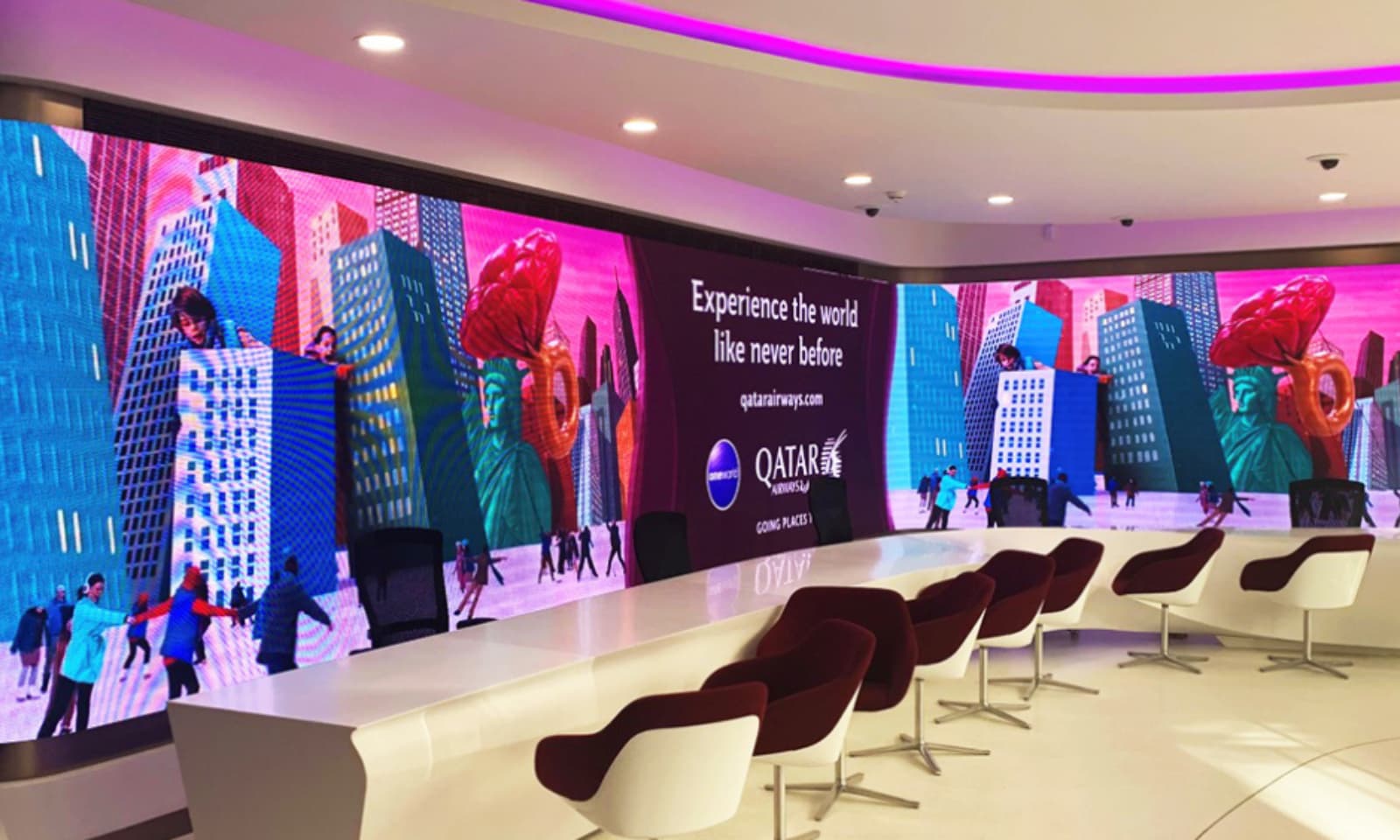
-

-
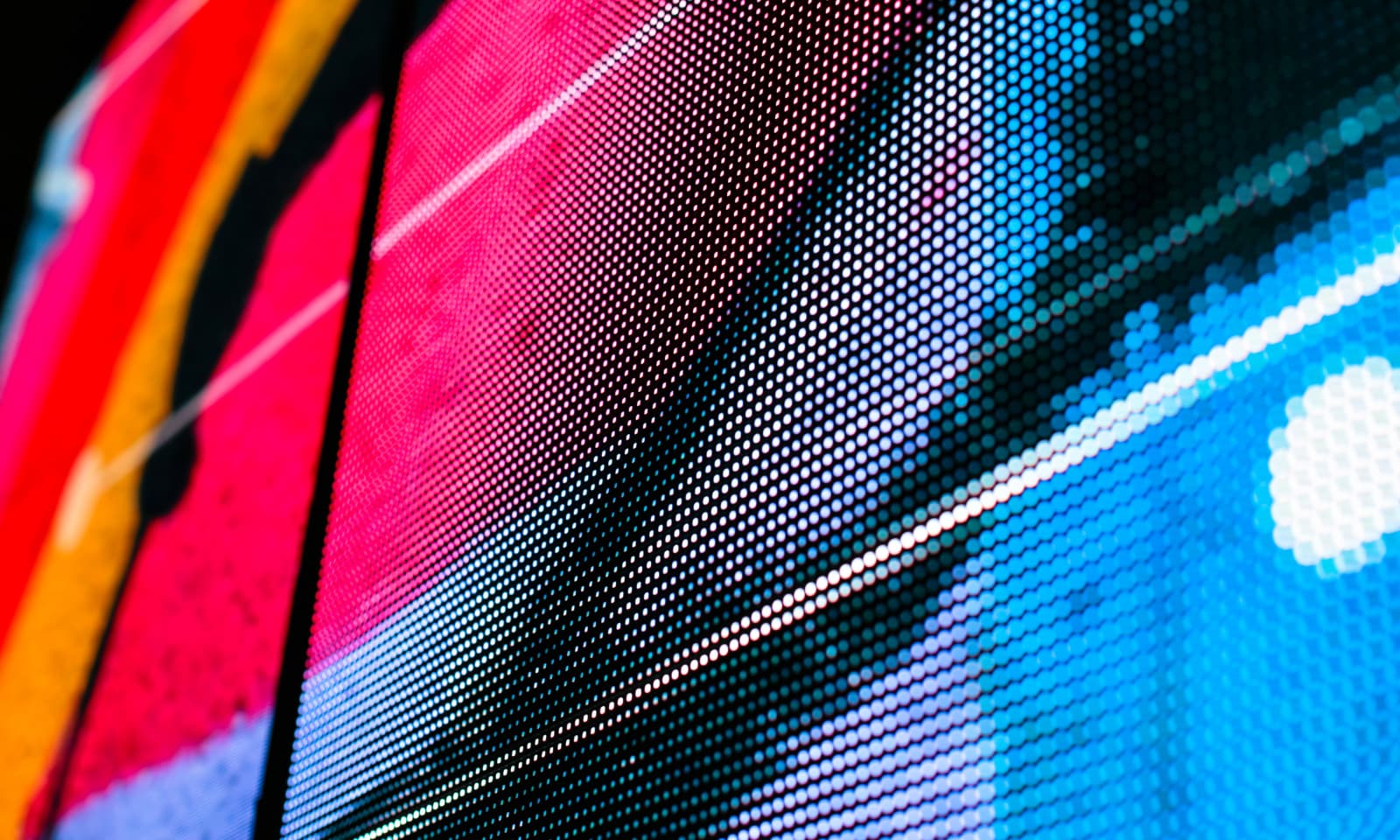
-
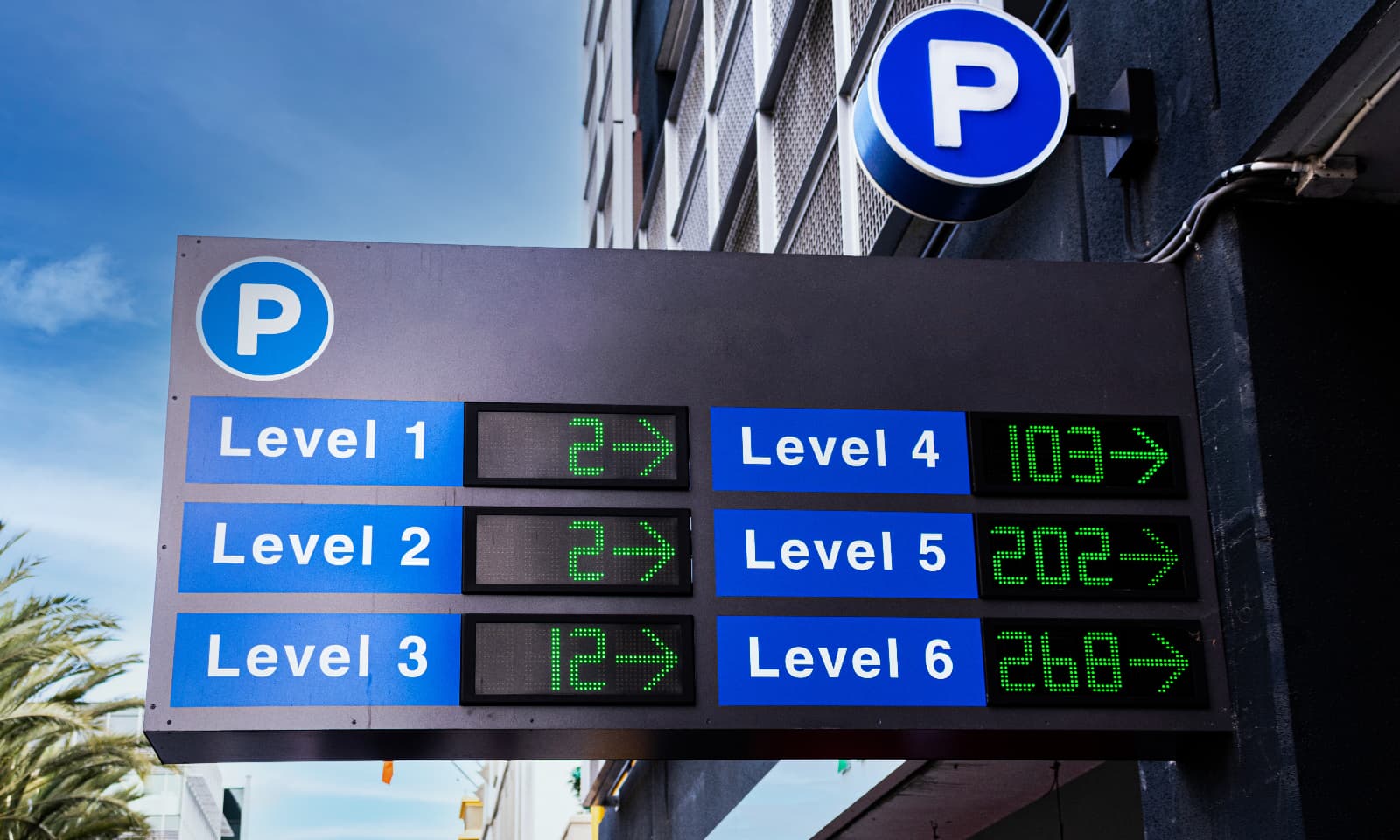
Top 4 reasons why brightness and viewing angles are so important
-

-
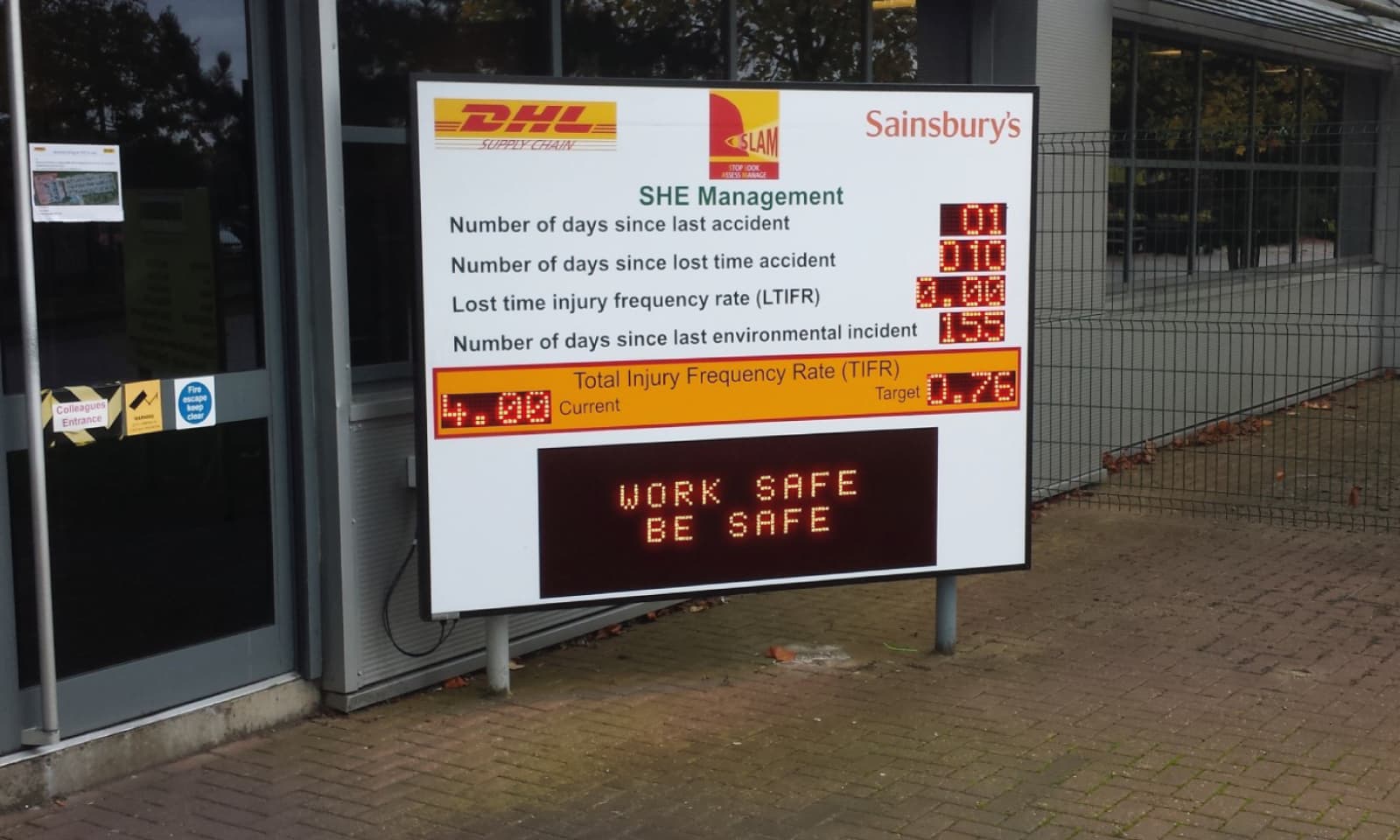
-
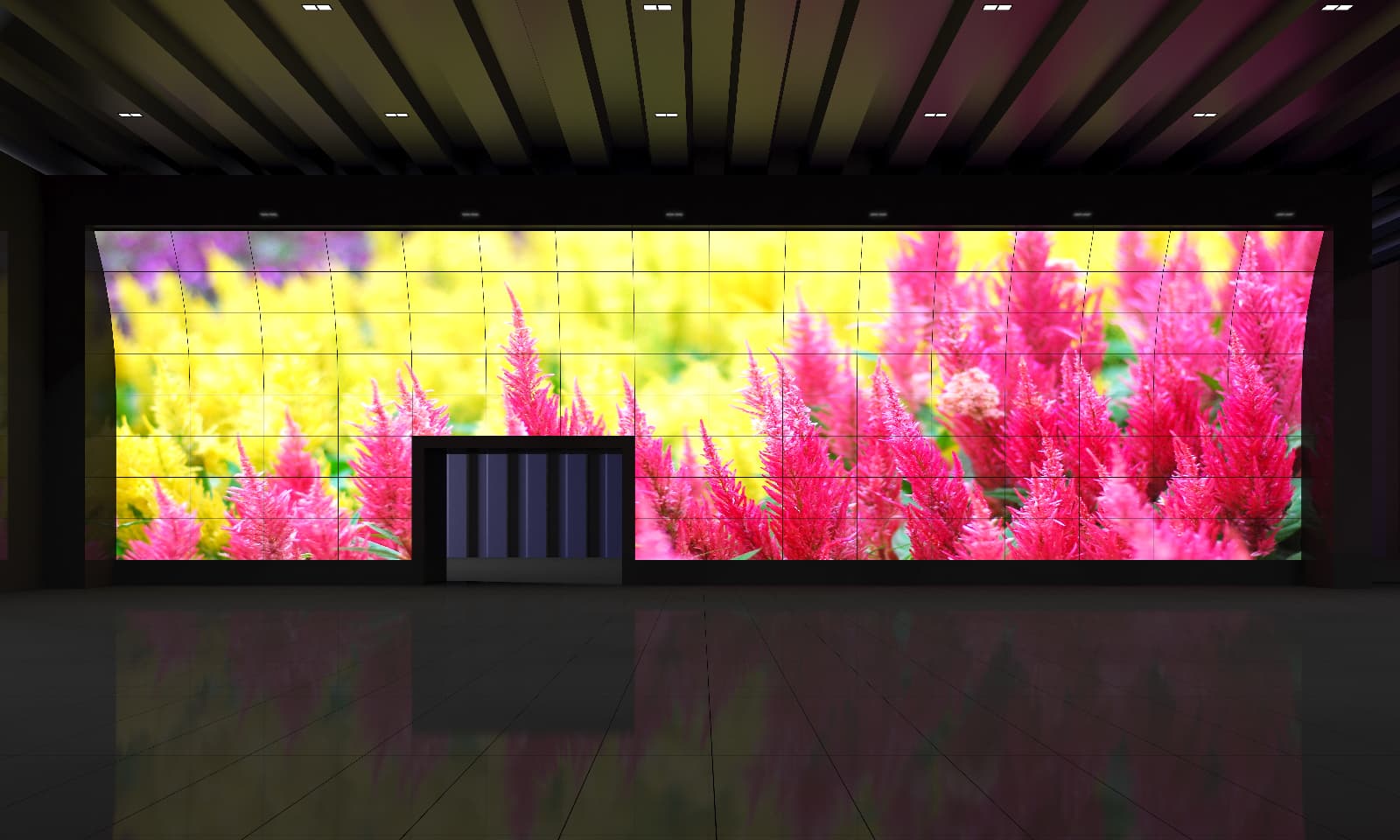
-

4 key ways to maximise the effectiveness of your health messaging
-
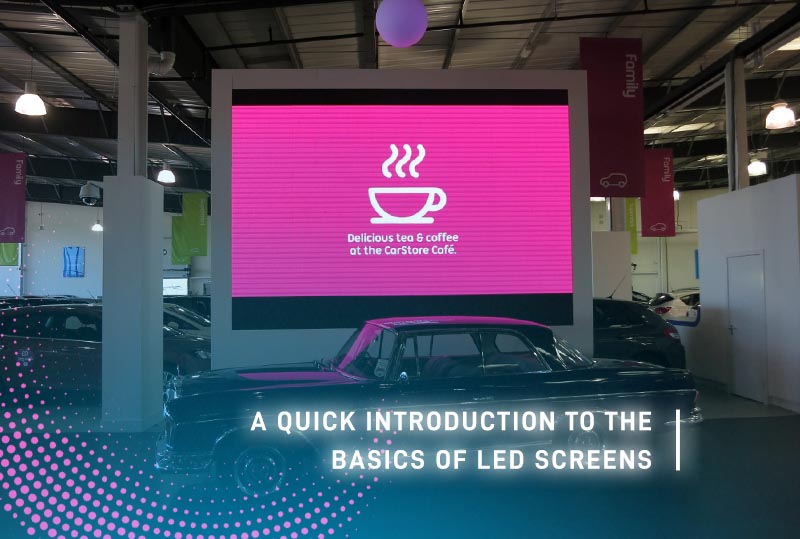
-

-
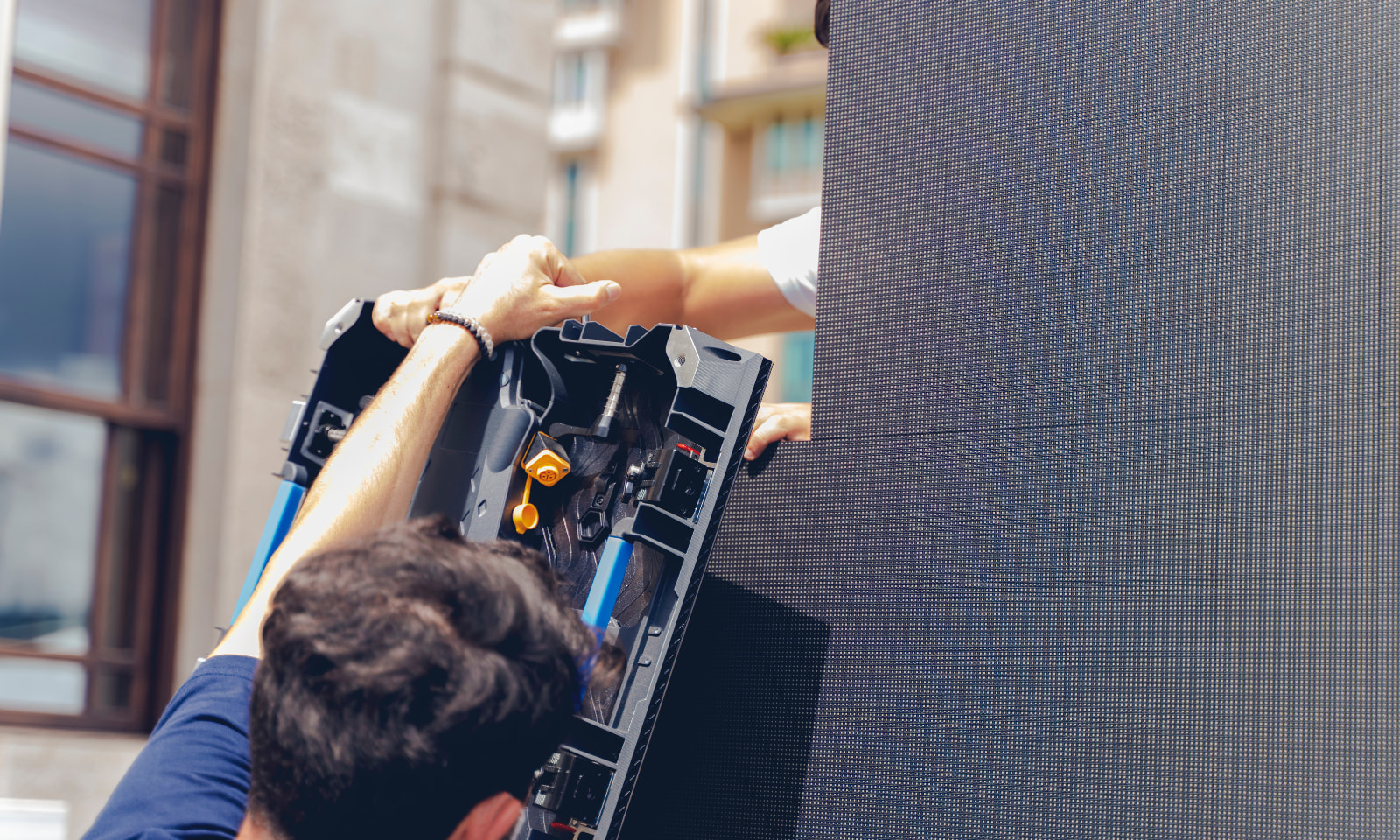
5 ways to tell when it’s time to update your LED sign display content
-

-

-

4 key tips for displaying safety messages on your LED screens
-
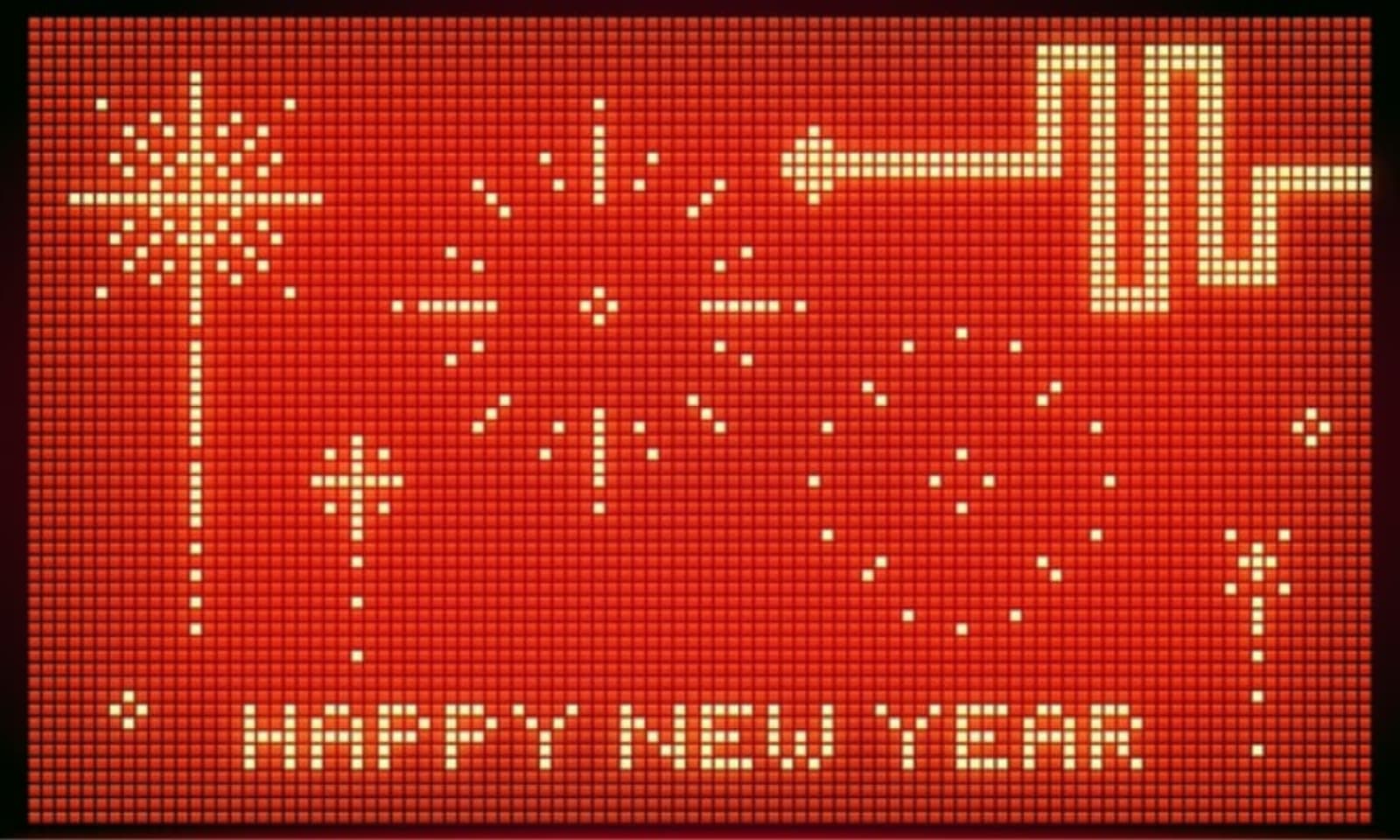
-

5 ways that LED screens can help architects with client pitches
-
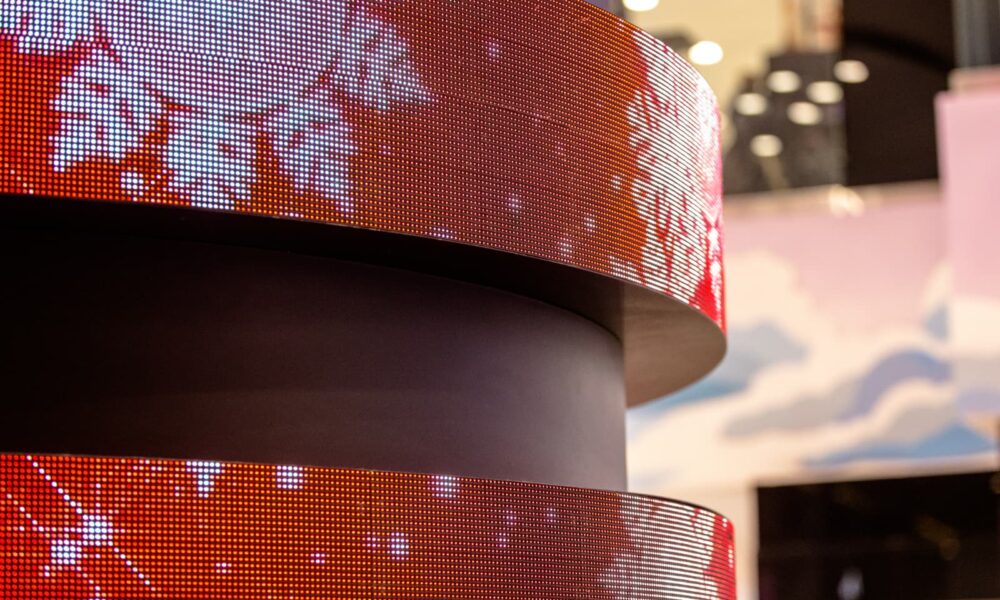
4 festive ways to maximise conversions with Christmas LED screens
-

-
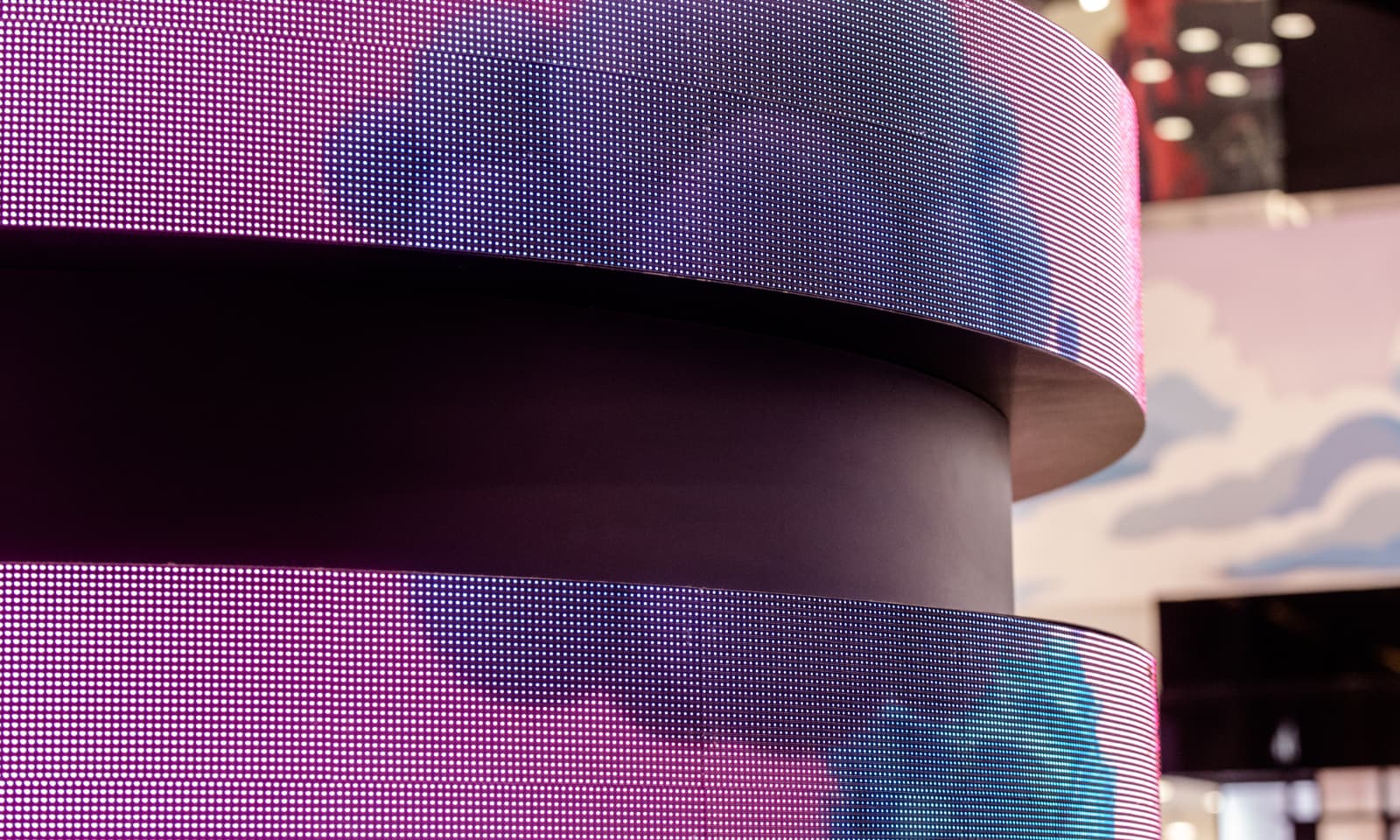
-

-
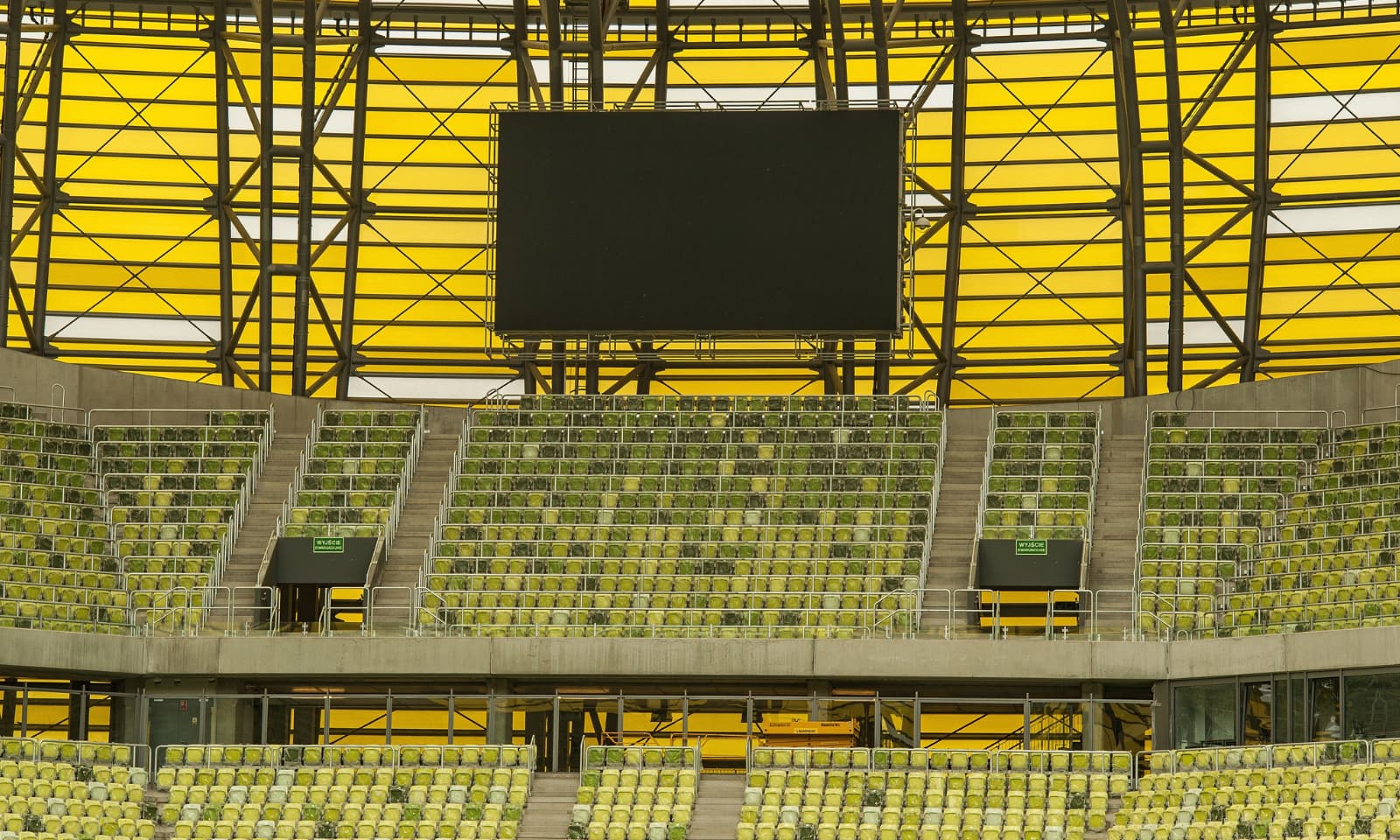
How do LED screens use statistics to enhance the stadium experience?
-
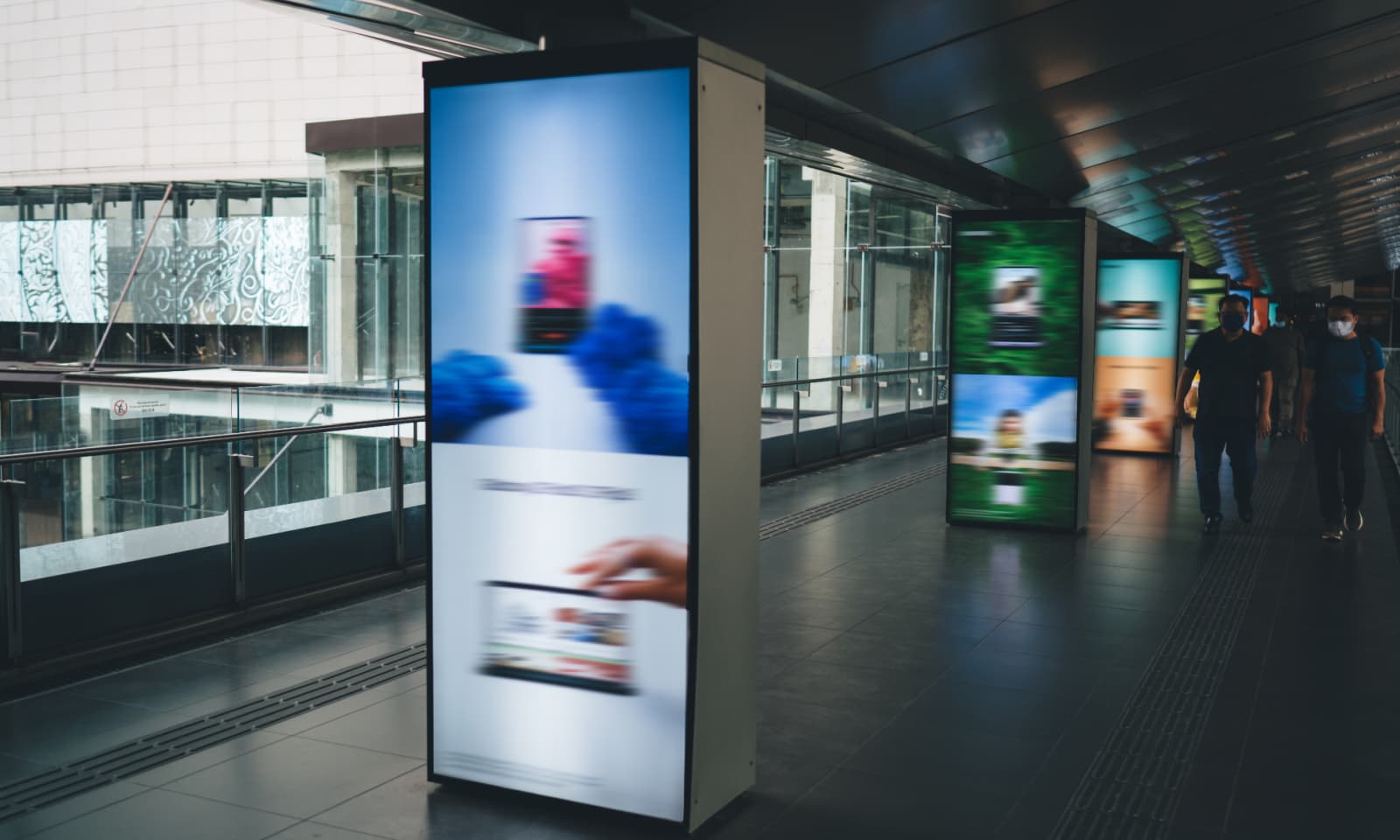
-
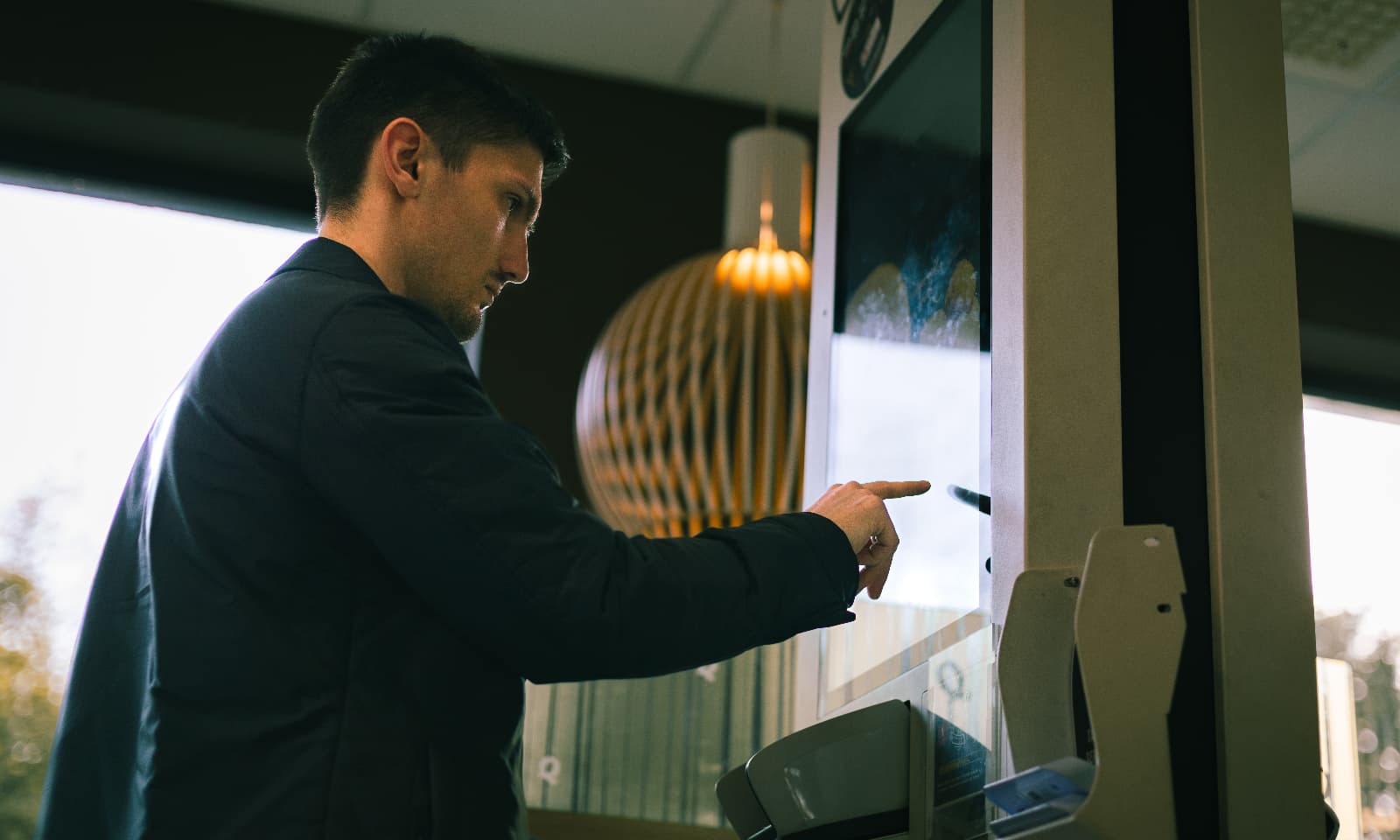
-
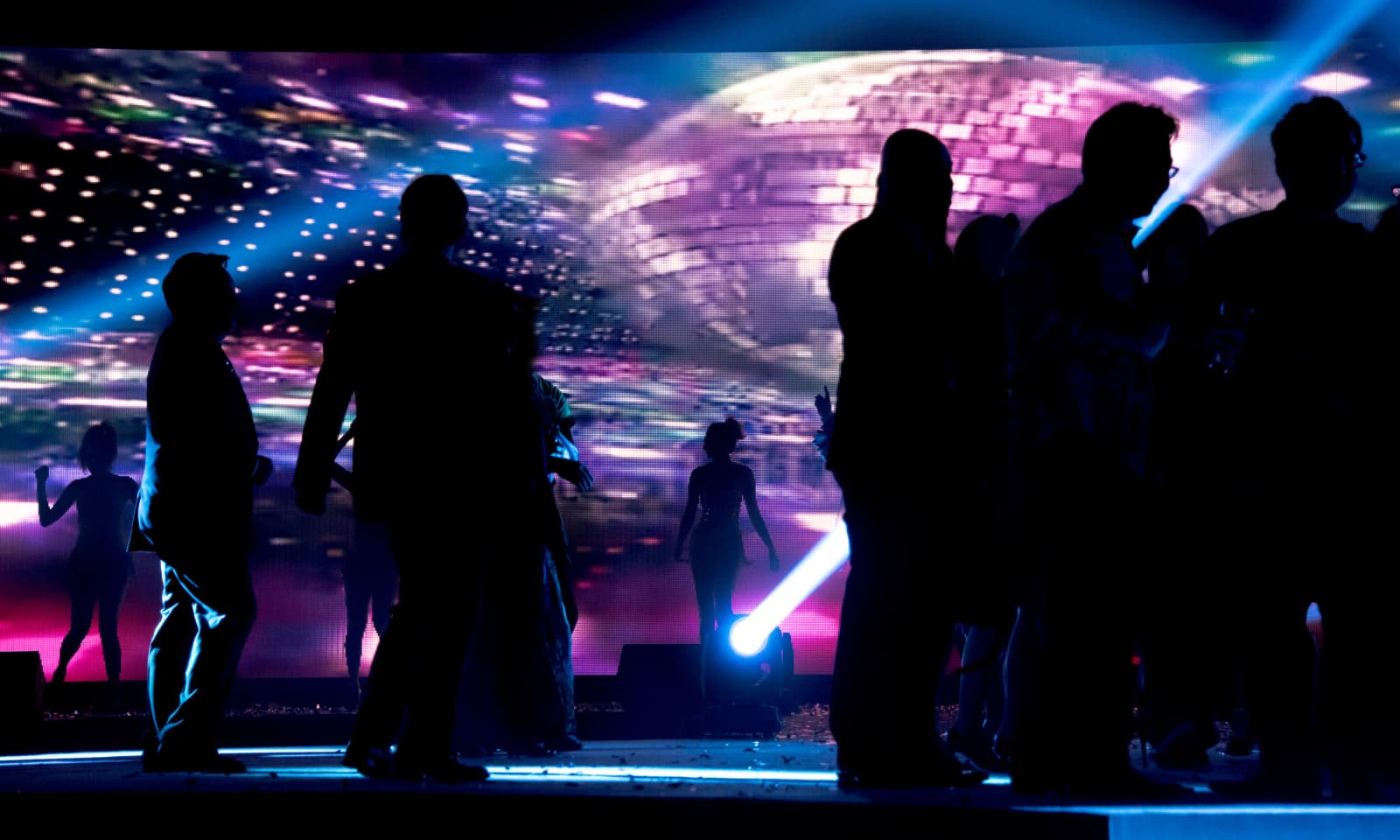
-

-
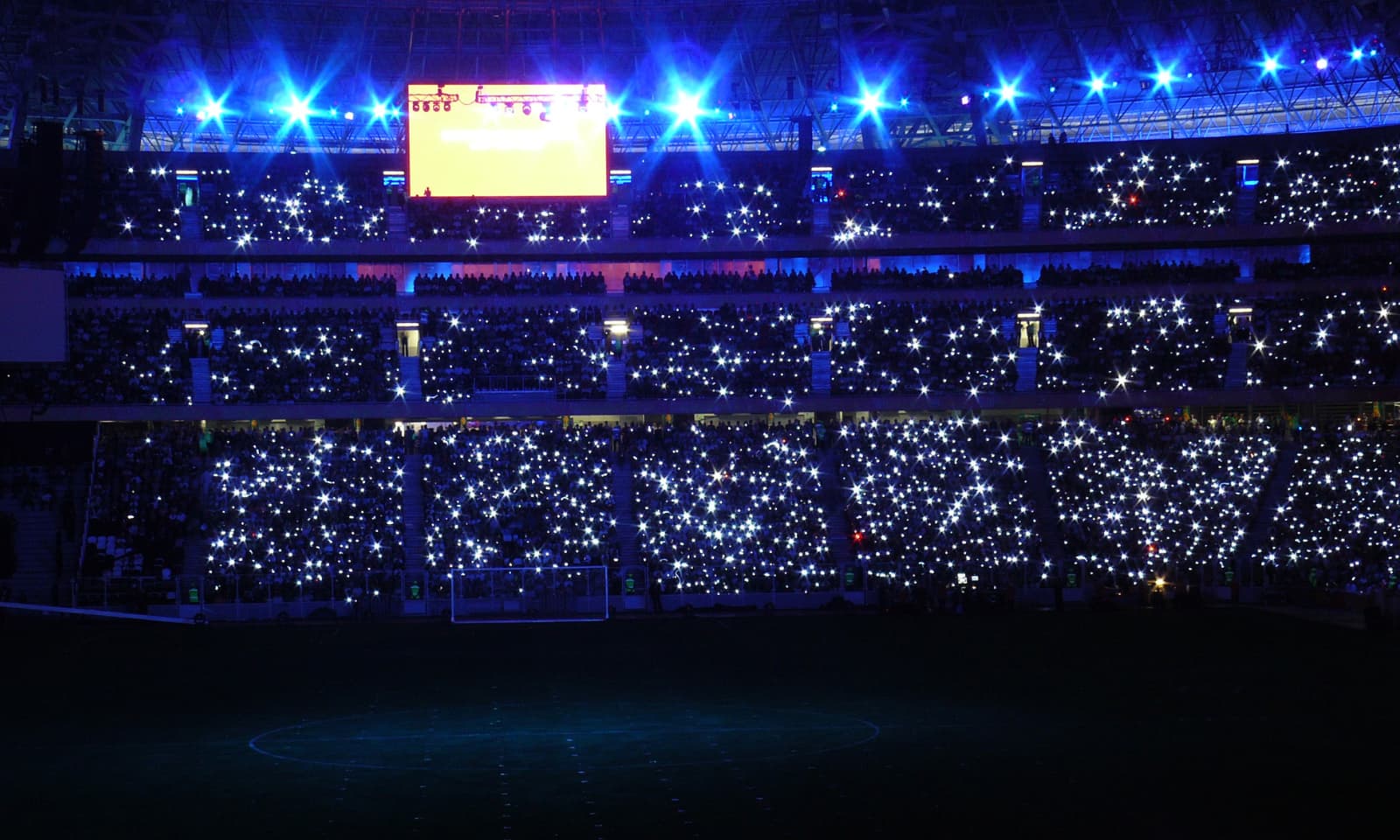
Why LED screens are more environmentally friendly than other types of screens
-

-
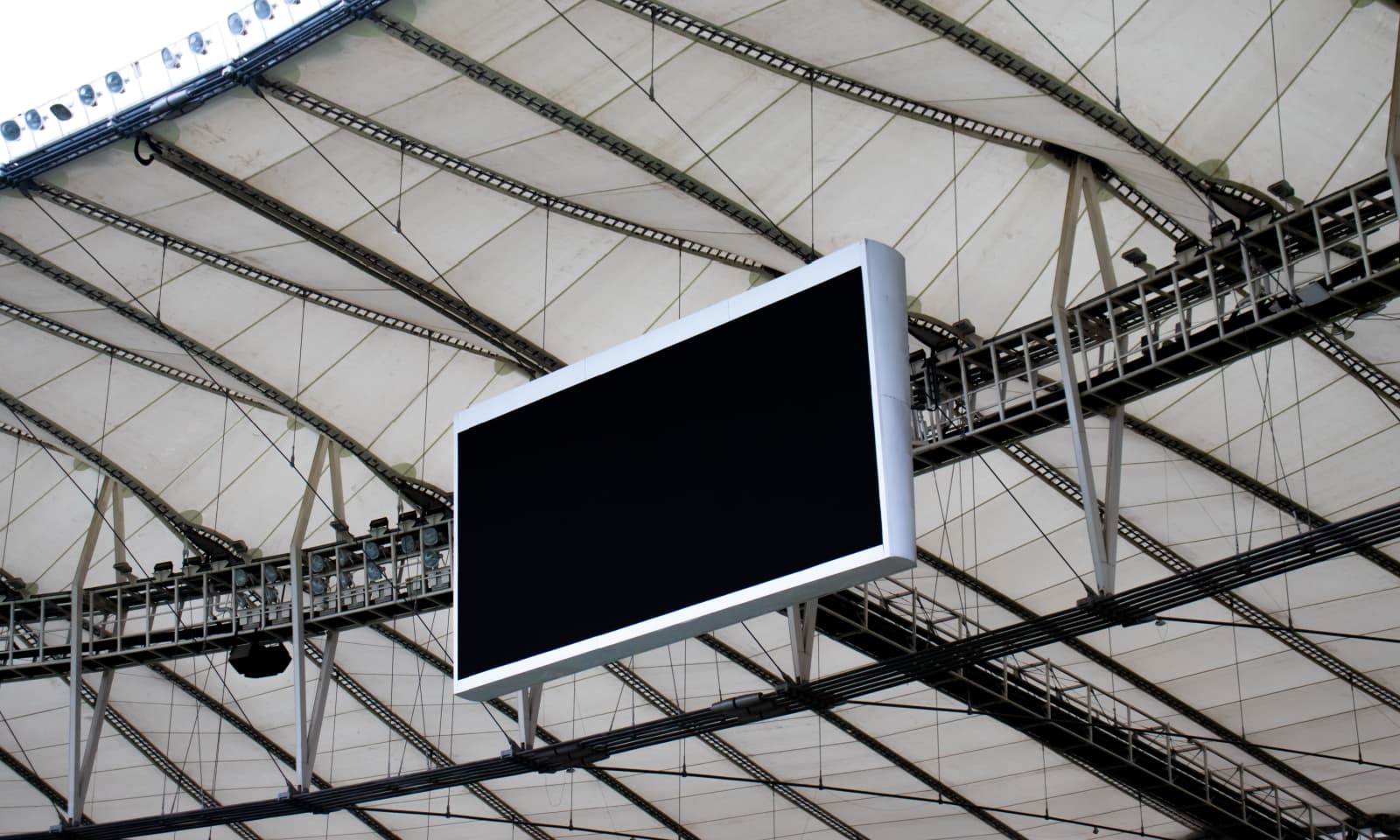
4 ways digital signage has forever changed the world of football
-

-
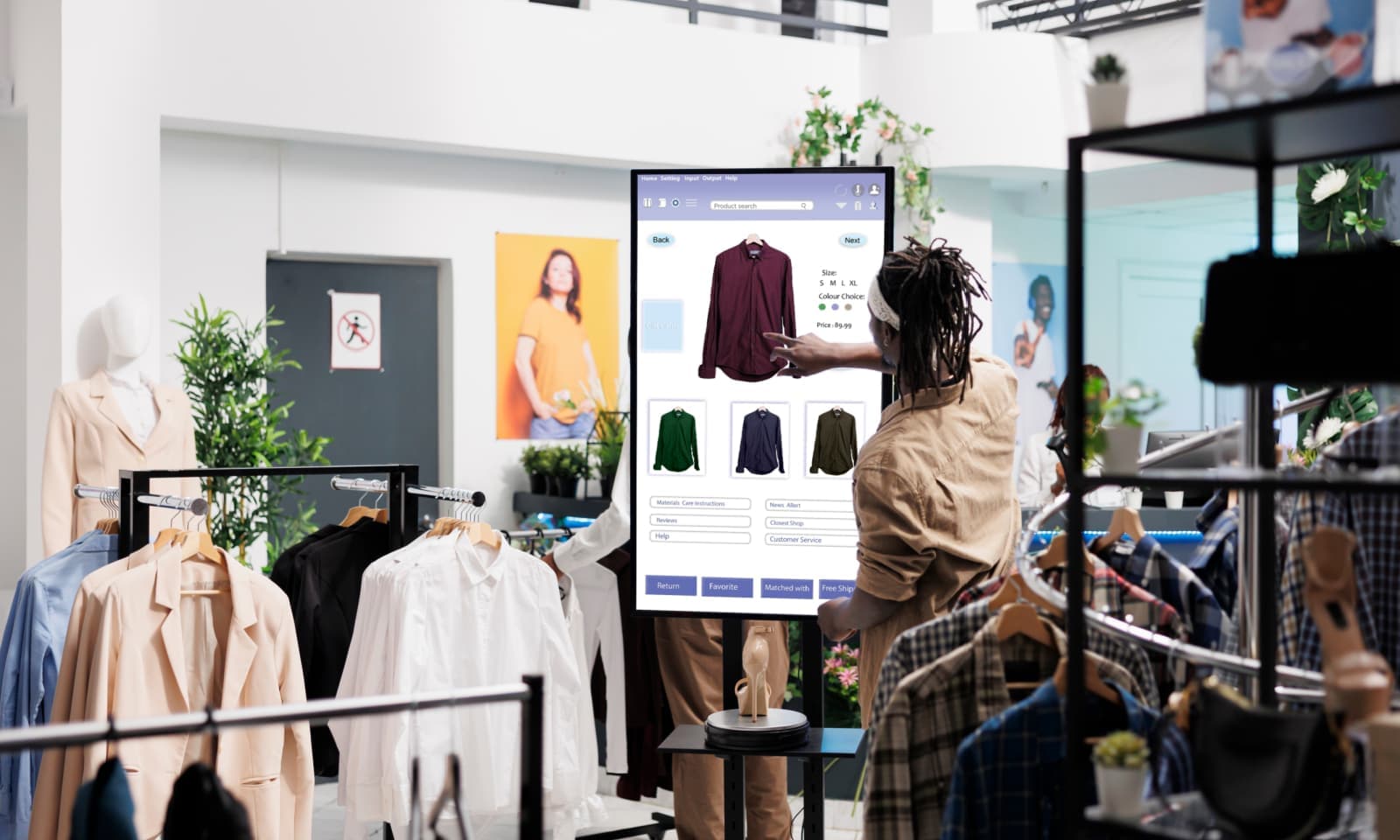
-

Let's Work Together
Contact Scanlite today for a quick response - we are happy to help with any enquiry.
